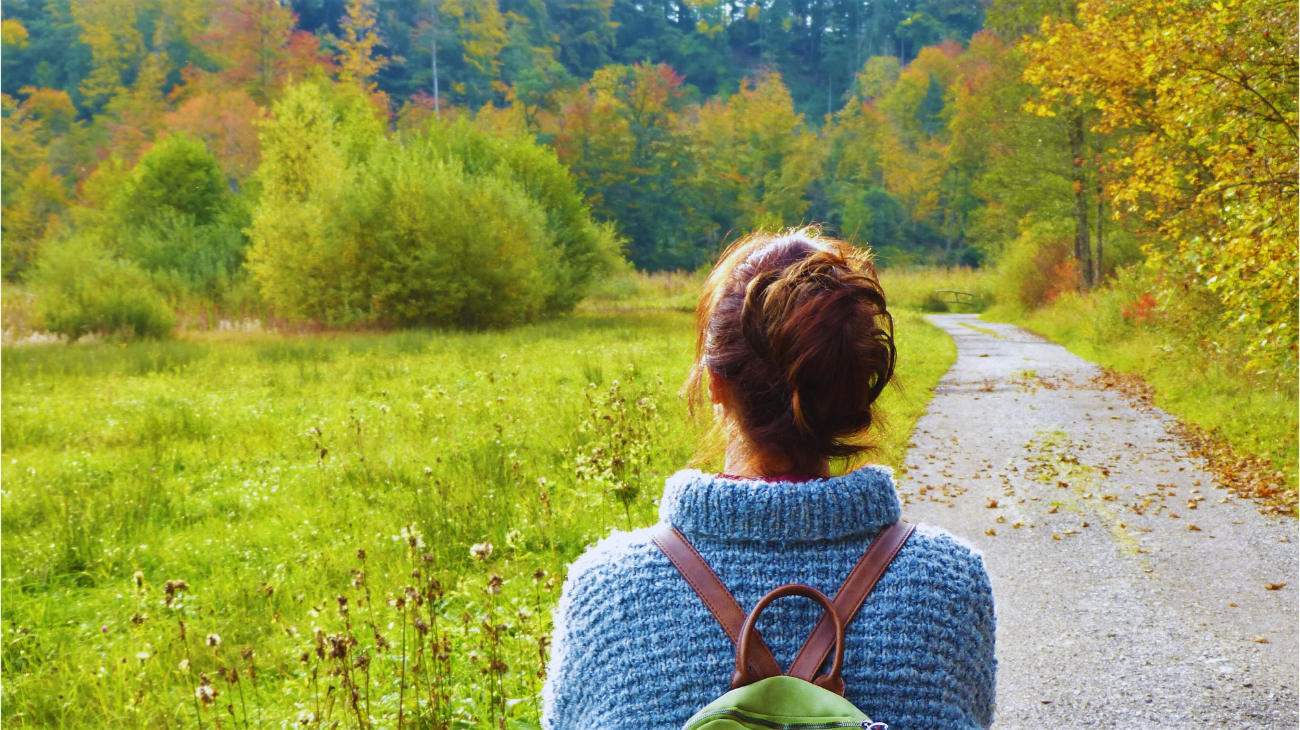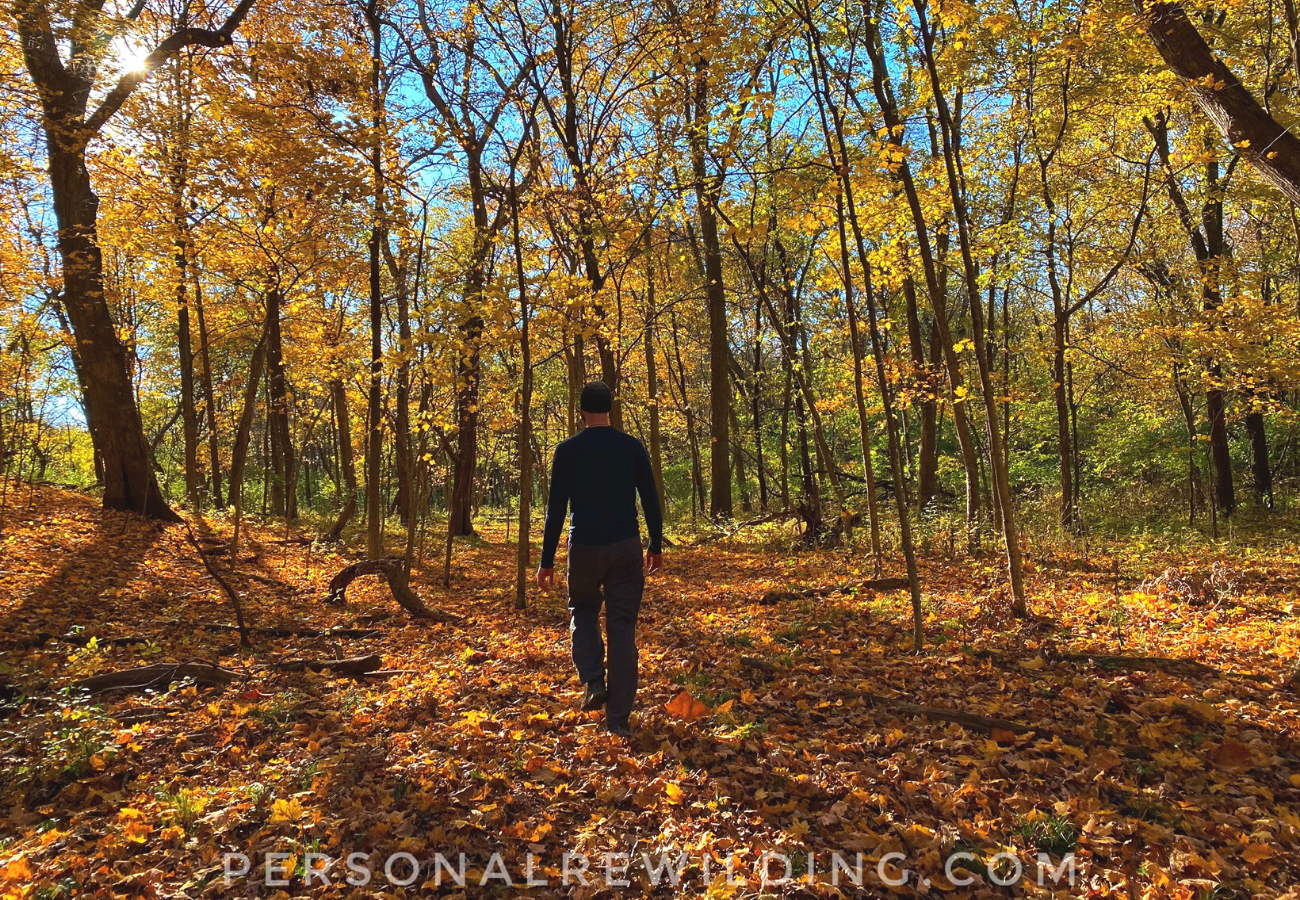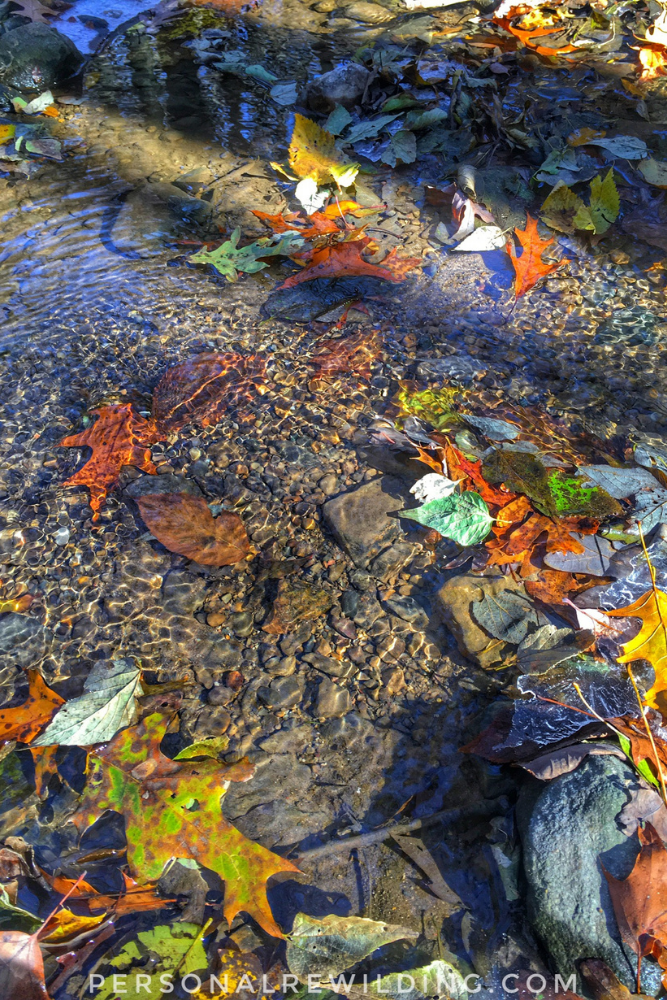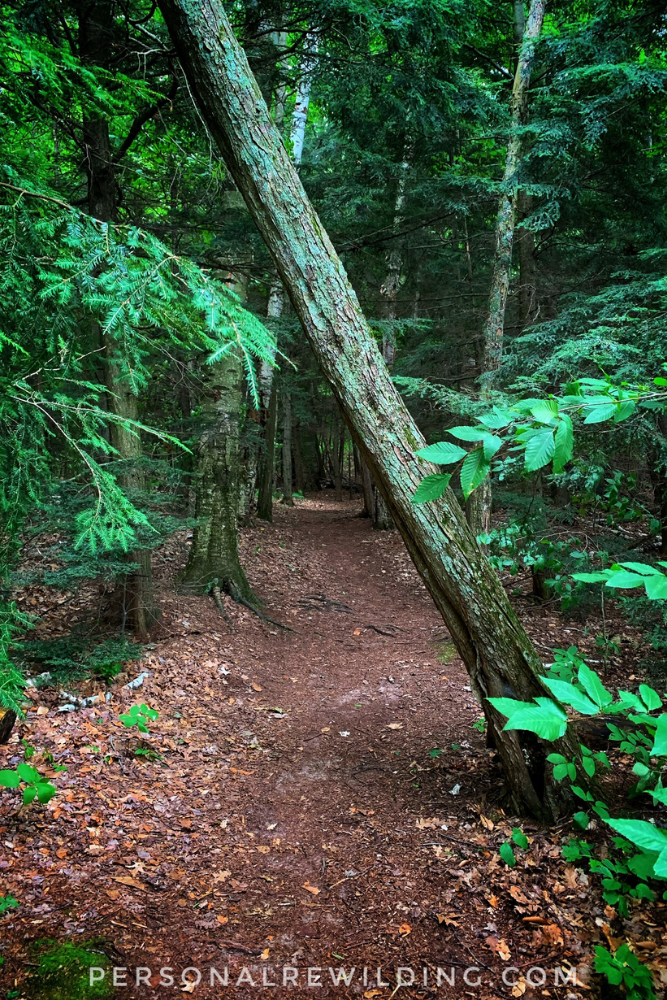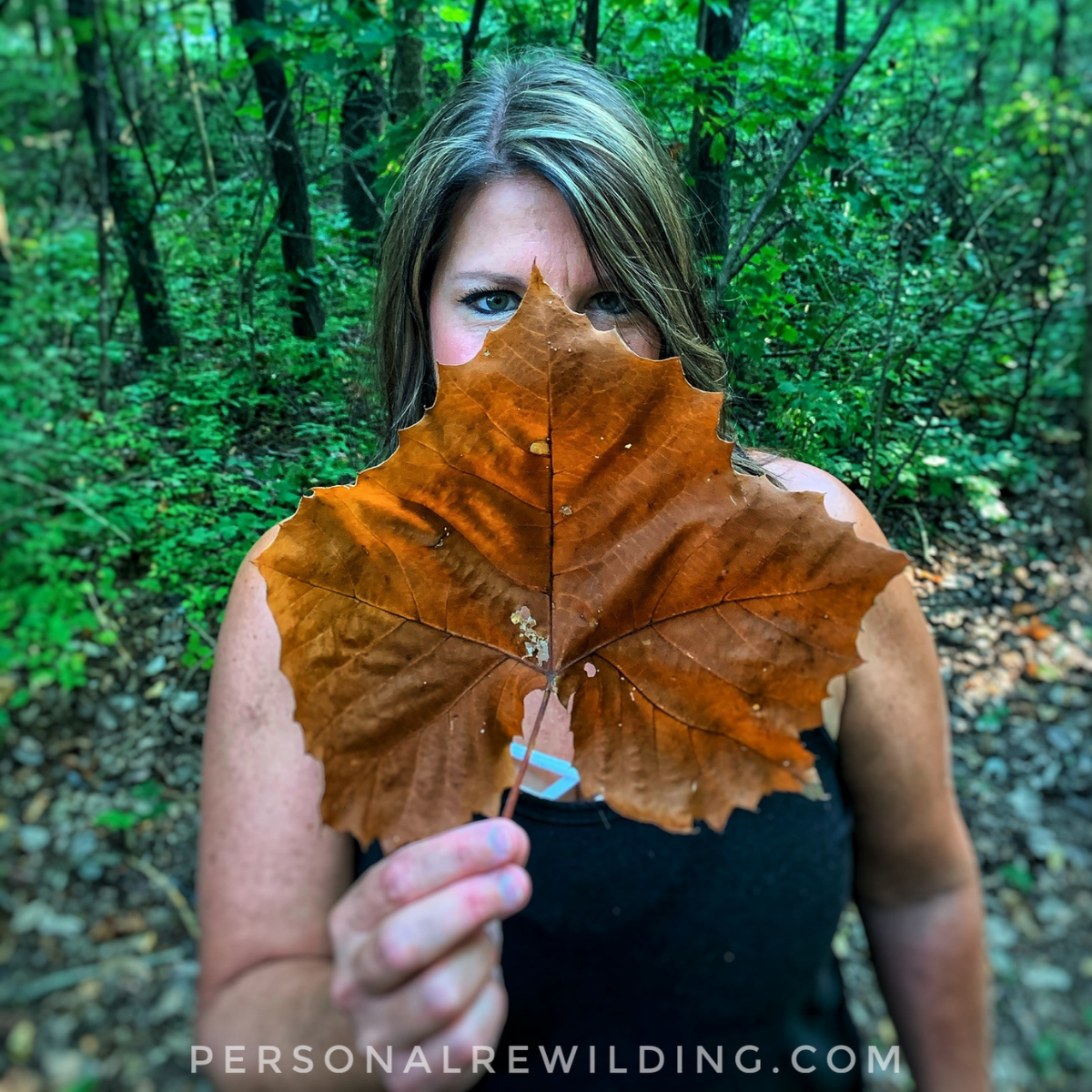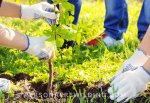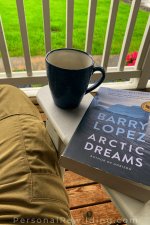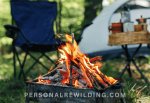- Home
- Walking in Nature
Walking in Nature: A Perfect Activity
Of all the ways of experiencing the outdoors, walking in nature is one of the most effective and accessible ways to build a connection with nature, and the benefits of walking in nature are almost endless.
Walking is the perfect outdoor activity. It doesn’t exclude – individuals of almost any age or physical condition can do it. It doesn’t require special equipment or knowledge, only the time and attention required to listen and be present in the moment.
Unlike more demanding activities, it doesn’t require your full attention. In most circumstances, you can walk without conscious effort, attending to your surroundings and to your senses.
It really doesn’t matter whether you walk for ten minutes or three hours, though the more of yourself you give to the task, the more it will return to you. If you can carve out only ten minutes a day during the week, do it. But when you can, give it more, because the return is exponential.
Consider walking in nature in all weathers. Walking in the rain, walking in snow, walking in winter...it is essential to our connection with nature to experience it in all its moods and colors. Combine walking in nature with connected activities such as bird watching.
Where you walk is less important than the act itself, but since the purpose is renewing or strengthening a connection with nature, look for a natural environment. Even for city dwellers there are parks, nature preserves, conservation areas, river walks, and many other options accessible by short commute.
Try to leave your daily baggage behind you. This is an easy thing to say, but a much more difficult thing to achieve. It takes practice and patience. Our minds are constantly full of our daily lives – things to do, things that happened, conversations, news, work, communications.
A Mindful Experience
To fully attend, to receive the full benefits of walking in nature, we need to leave that baggage behind.
Silence your phone and put it in your pocket. Leave your headphones and the constant flow of external stimuli at home. Close off your thoughts to that work project that’s behind schedule.
Listen instead to the rustle of the wind in the leaves. Hear the birds greet the morning. Feel the dew of the grass dampening your socks. Allow yourself to experience the colors, sounds, scents, and textures.
Take off your shoes and walk barefoot. Dip your toes into a running stream. Feel the earth, be vulnerable and sensitive to it.
Give yourself to the world around you.
In her book The Living Mountain, nature writer Nan Shepherd experiences walking in nature this way:
Walking thus, hour after hour, the senses keyed, one walks the flesh transparent. But no metaphor, transparent, or light as air, is adequate. The body is not made negligible, but paramount. Flesh is not annihilated but fulfilled. One is not bodiless, but essential body.
Need more motivation to get out walking in nature? Browse our 50 quotes about walking in nature by some of the greatest authors, artists, and naturalists.
This is mindfulness, a way of experiencing the moment through your senses, a way of connecting yourself and your consciousness to the environment, a way of letting go of those ever-present worries, concerns, and “busy-mindedness”.
Finding a mindful state while walking in nature requires practice. Our minds have their own patterns, their groove of thought, and we must teach ourselves to think along new channels.
I have found two methods to be effective in achieving a more mindful state. They’re far from the only methods, but I’ll discuss them here.
The first method is merely to set yourself a list of things to discover on your walk. For example you might list four or five items to search for as you walk, a solo scavenger hunt:
- Find and examine an oak leaf
- Smell a fallen walnut
- Collect a feather
- Hear an owl
Setting yourself small goals on your walk, at least initially, causes you to become more focused on your senses and your surroundings. While searching for your small list, you’ll likely discover you’ve found maple leaves, acorns, the scent of pine, the rattle of a woodpecker, and a yellow butterfly. None of which were even on the list.
"Why are there trees I never walk under but large and melodious thoughts descend upon me?"
-Walt Whitman
The other method involves focusing on each sense in turn.
Start by walking, focused on your own body, the rise and fall of your feet, the pendulum swing of your arms, the feel of sunlight on your hair, the scent of rain in the grass. Do this for several minutes.
Then begin to cast your attention outward through your senses. Focus for several minutes on your sense of smell. Don’t search for anything in particular, just take what comes and notice the scents around you – pleasant, unpleasant, and neutral.
Continue on to your other senses – touch, listen, see, even taste. For that last, use caution and never eat anything you are uncertain of, but I love to nibble on wild raspberries, mulberries, and tart autumn olives.
Kick off your shoes and socks and go walking barefoot through the fallen leaves, or across the soft grass. You'll be astounded by the sensations you can pick up through the nerves of your feet.
This process will both help you focus on your individual senses as well as how they work together, and the conscious part of the process will keep your mind from drifting off into its accustomed channels of daily life.
Important Note: Leave No Trace
One very important detail to remember, however you decide to experience or connect with nature, is to follow "Leave No Trace" practices. Leave No Trace is principle that stipulates that you leave nature - whether it is your backyard, a local park, or a wilderness area - as untouched and pristine as you found it. Pack out your waste, leave things as you find them, do not damage or rearrange the local flora and fauna. Find out more about Leave No Trace here.
Walking in Nature: What Do You Need?
Walking in nature requires very little – if any – special knowledge or equipment.
Though walking barefoot in nature is an enlightening experience, a good pair of walking or hiking shoes can be of huge benefit.
Walking shoes support the arches and cushion the feet on hard surfaces.
Hiking shoes or boots are made with a more rigid structure and (usually) with special slip-resistant soles. These are extremely useful on uneven, rocky, or other unpaved surfaces.
Hiking is a level of activity beyond walking, away from paved roads and onto the trails and expanses of wilderness, and so additional equipment or clothing may be required depending on the difficulty and technicalities of the terrain.
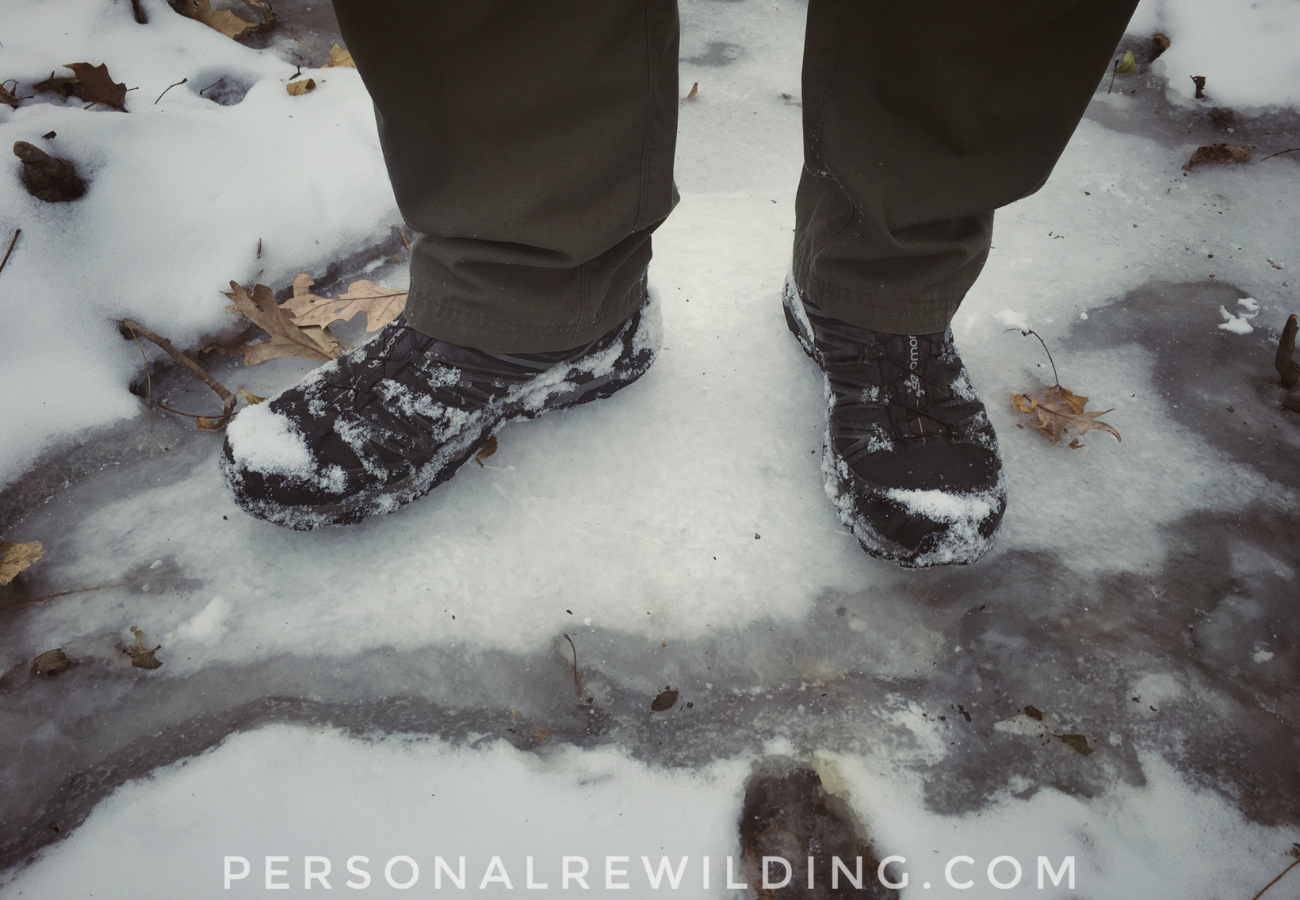
While you needn’t plan your walk out entirely ahead of time, safety should always be a top priority. You should always:
- Consider walking with another person
- Have a means of emergency communication
- Consider human and wildlife threats
- Carry pepper spray or similar self-protection
- Let a friend or family member know where you are going
- Have a map or know the paths you will be following
- Check and plan for the weather beforehand
- Bring water and a snack
- Dress appropriately (and visibly, if walking on or near roadways)
Clothing should be comfortable, lightweight, and preferably made of natural or recycled fibers. Don’t forget the socks – good moisture-wicking socks can make a tremendous difference to your comfort. To learn more about eco-friendly and sustainable activewear, see here.
Dress for the elements and the season, including multiple layers that can be put on or shed as your body regulates temperature.
Always carry water along with you, preferably in a sealed, reusable bottle. Avoid single-use plastic water bottles, which are wasteful and environmentally harmful.
I always suggest carrying a small snack along as well – whether it is a piece of fruit like a banana or an apple, a granola bar, or a small bag of trail mix. You never know when you might need a quick pick-me-up on the trail.
Plan for the duration of your walk. If you are just circling the block, you can forgo some of these preparations, but if you plan to walk several miles through woodland or parkland, ensure you’ve planned for everything you might need.
I’ve found the easiest way to do all of this is to have a small backpack or day-pack with all of these goods already packed. It saves time and the need to remember this checklist every time. Food, drink, bug spray, personal protection, map (if needed), light jacket, etc… Just replenish what you use each time out and the bag will be ready to go the next time you need it.
Don’t forget your bug spray, especially if walking in nature that includes woodland or grassland. Mosquitos, ticks, and other insects are frequently present and are vectors of disease.
